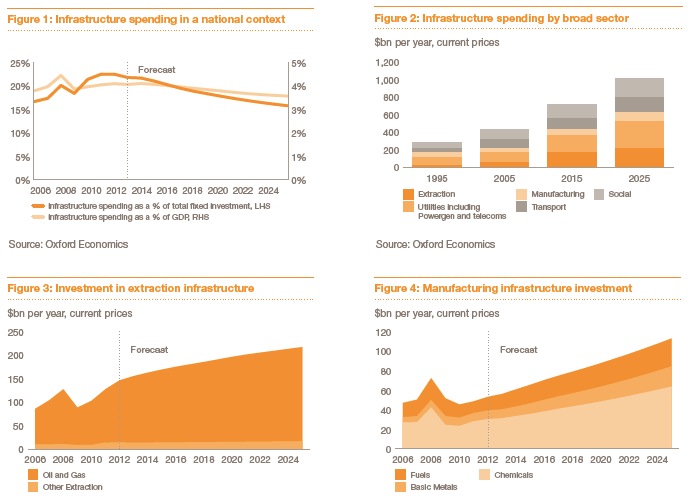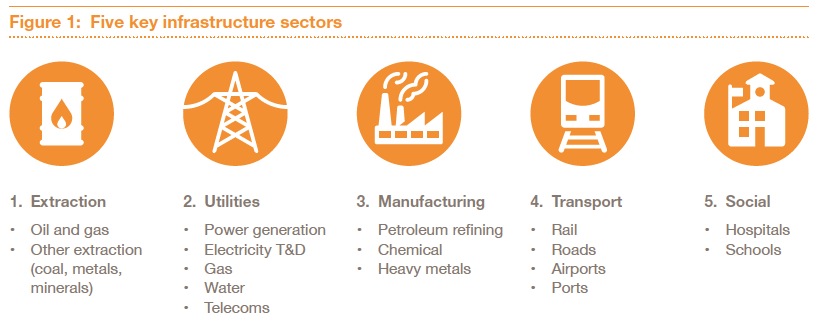
The auto industry stands on the brink of a revolution. By 2030, vehicle production will have split between mass-market, largely no-frills “cars on demand” that will be rented journey-by-journey and more customized vehicles for those who still want to drive, or be driven in, their own vehicle. A high level of automation will be needed to produce both types of vehicles, and every process will be affected. The pressure on the workforce will be severe. The industry workforce will be cut by at least 50 percent by 2030, and employees who remain will need very different skills. Automakers must become data managers and mobility service providers as well as vehicle assemblers.
View this complete post...
Tags: Assembly Plants, Auto Industry, Automation, cars, PricewaterhouseCoopers, PwC, Shared Mobility
Posted in
Infra Views, National, Roads, Technology
Comments Off on Transforming vehicle production by 2030: How shared mobility and automation will revolutionize the auto industry

















 RSS Feed
RSS Feed